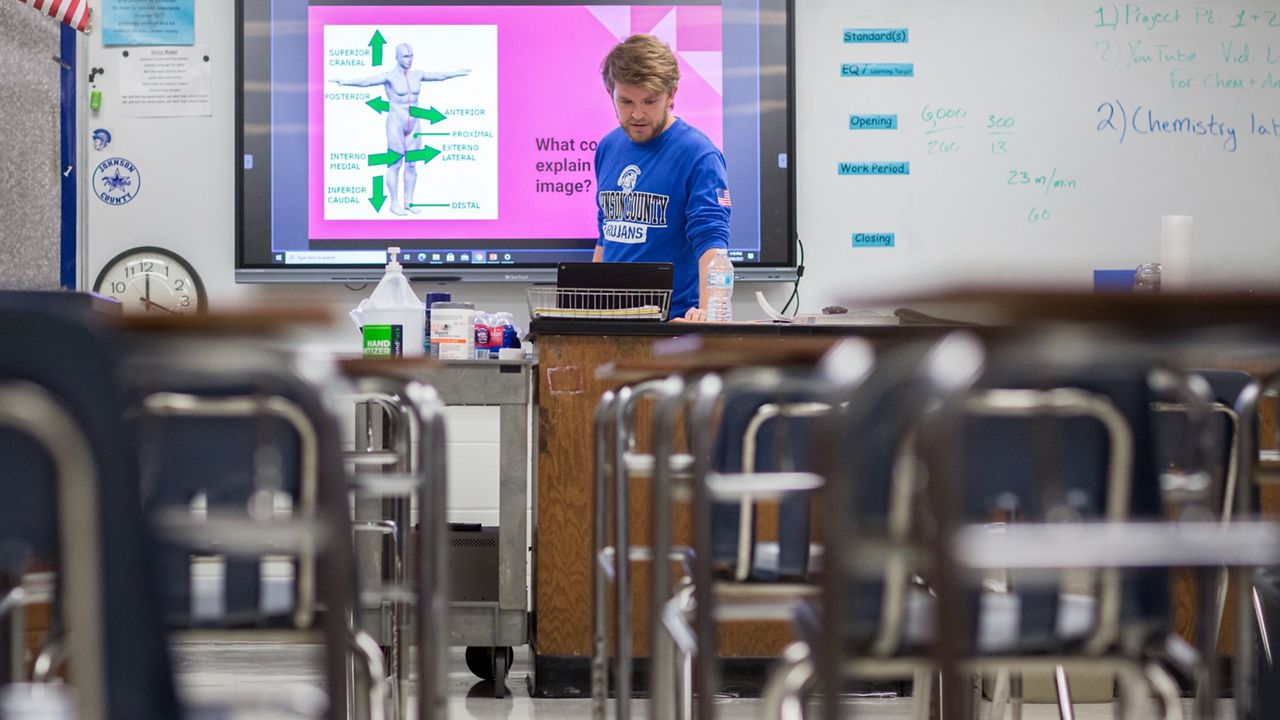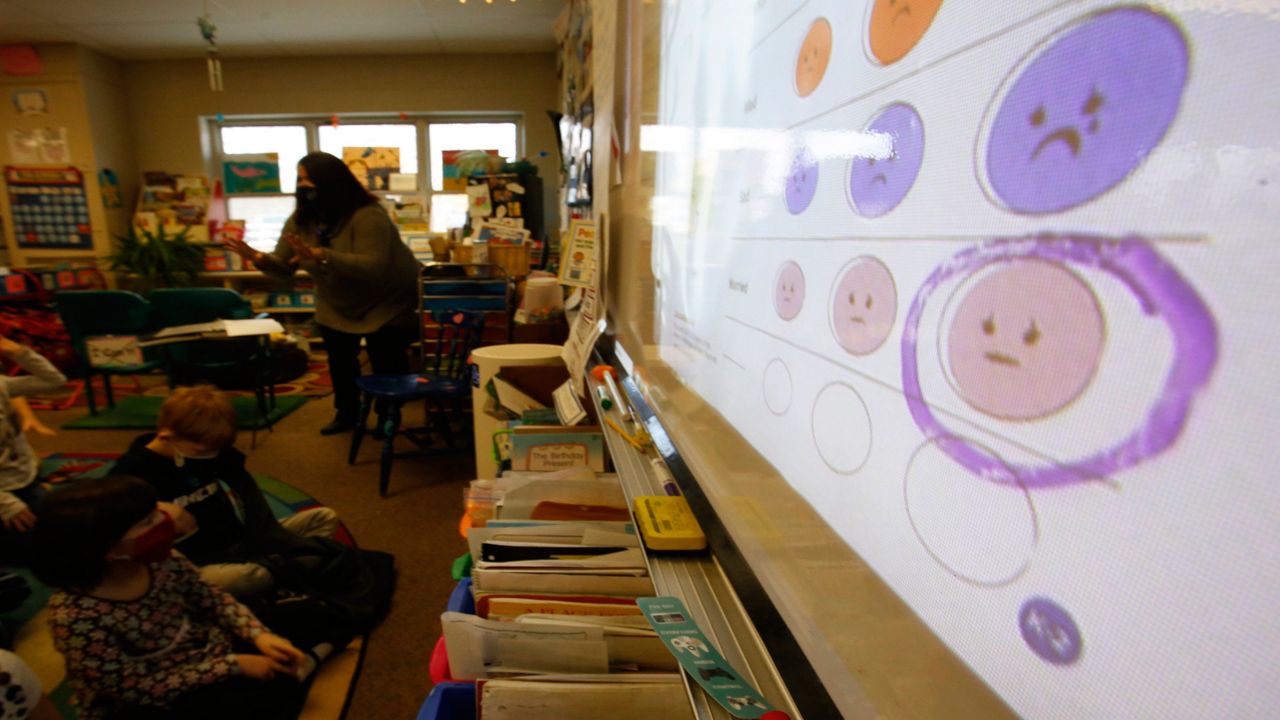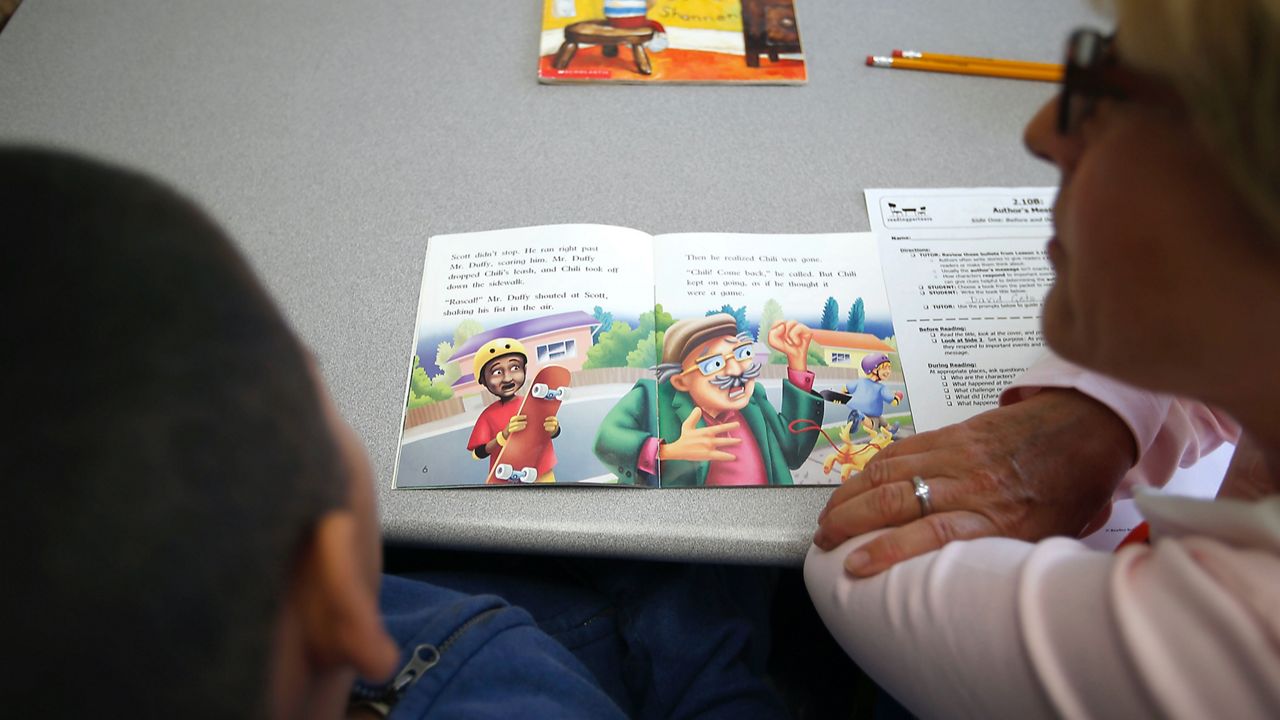Prior to Gov. Kathy Hochul’s third State of the State address, the state’s powerful teachers union, New York State United Teachers, unveiled their legislative priorities, including “sustainable” funding for State University of New York institutions, air quality and temperature in schools and “fighting to end childhood poverty.”
One of the priorities listed by NYSUT would be to make changes to the state’s pension fund. They are looking to reach “parity” for members in tiers 5 and 6 with those in tier 4. Tier 4 allows people to retire at age 55 with 30 years of service or retire at 62 regardless of service tenure. Those in tier 6 must work until the age of 63 to retire without penalty.
At a hearing organized by the New York State Senate Civil Service and Pension Committee late last year, the union’s representative said that pension reform “is a top priority for our members and will remain so for the foreseeable future.”
In 2010 under then-Gov. Andrew Cuomo, a new system was implemented that required school districts and BOCES to do annual reviews for teachers and principals, or Annual Professional Performance Reviews. In this legislative session, the teachers union is looking to return teacher evaluations to “local control.”
Returning evaluations to local control would allow unions and school districts to make their own evaluation systems rather than following the statewide format.
NYSUT is pushing to address the “root cause of education inequalities” — childhood poverty. The organization says it supports better access to food, health care and housing in this legislative session.
In connection to the childhood poverty priority, NYSUT is pushing for an expansion of the number of community schools in the state. Community schools are school buildings that have other resources in it from a doctor to expanded food access and more. The community school model is aimed at expanding access in communities that may be food or health care deserts.
The teachers' union is also backing efforts to establish maximum temperatures in classrooms. Legislation has been floating around the Capitol since at least 2017 to do just that. The current legislation which had been sponsored by Hudson Valley Democrat James Skoufis and New York City Democrat Latoya Joyner, who resigned her Assembly seat this week, has been stuck in committee.
The union’s final legislative priority is to replace the state’s receivership system with an alternative plan that “supports struggling schools with the resources and tools they need.” Currently, schools that have been identified as being among the lowest 5% of achievement among public schools are placed in receivership. Charter schools and certain art district schools are excluded from this metric.
In recent years, at least 20 schools in upstate New York’s major cities (Buffalo, Rochester, Syracuse, and Albany) have been under receiverships.
In a statement on the legislative priorities, the organization’s president, Melinda Person, said “there is much to be done and we are optimistic that productive partnerships with the Governor and legislature can result in safety, support, and standards that our students and educators deserve.”
The state legislative session is scheduled to run through June 6, just in time for legislative primaries which are scheduled for June 25.






